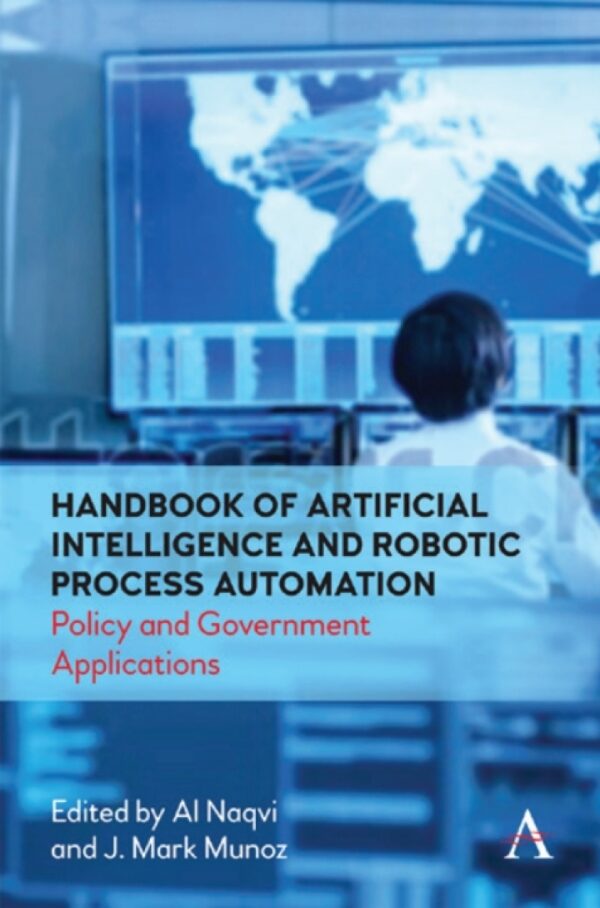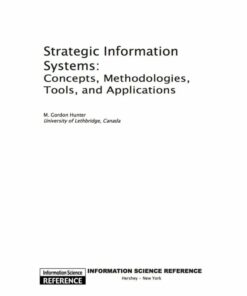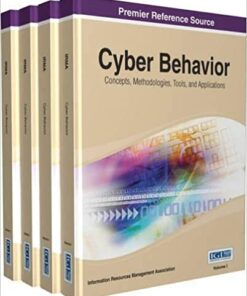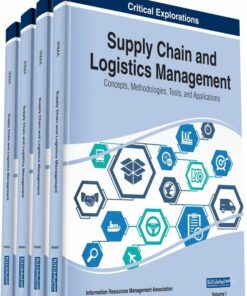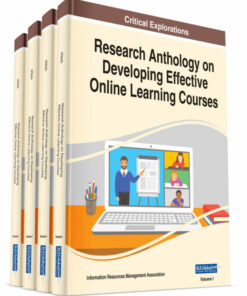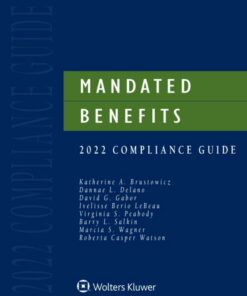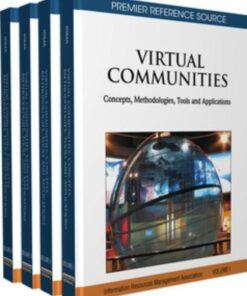Handbook of Artificial Intelligence and Robotic Process Automation: Policy and Government Applications Ebook (okabook.shop)
$25.00
eText ISBN: 9781785274961
On the commercial side, artificial intelligence applications are powering many sectors. Globally, governments are exploring how to comprehend, incorporate, apply, and use artificial intelligence technologies. The scope of government use of artificial intelligence technology goes beyond that of commercial organizations and is far more complex. In government, the challenges will be as follows: (1) How can governments use artificial intelligence technology to improve their efficiencies? (2) How can governments become more citizen-centric, service based, accessible, and responsive? (3) How can governments protect their citizens from the misuse of artificial intelligence (e.g., alleged Russian bots’ interference in U.S. elections)? (4) How can governments use artificial intelligence technology to make better policy decisions and avoid wrong decisions (economic, social etc.)? (5) How can governments develop new standards to govern and manage the deployment of artificial intelligence technologies (e.g., autonomous cars, financial markets and trading, healthcare bots)? (6) How will the legislative bodies respond to the rise of intelligent machines? (7) How will the use of artificial intelligence in the military change the arms race? (8) What roles governments will need to play in developing global standards related to artificial intelligence (United Nations)? (9) How can governments improve their countries’ productivity with artificial intelligence? (10) How can governments handle the upcoming unemployment that would result from AI automation? All the above questions are at an early stage of exploration and many have not been addressed comprehensively. This book deals with all the above issues and provides the first guide to governments and policy makers of the world on artificial intelligence. .eText ISBN: 9781785274961

